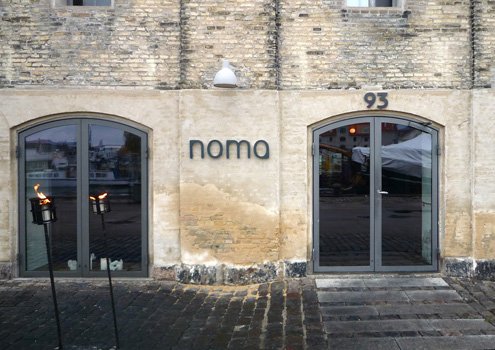Reading time: Less than 1 minute
I like to share interesting pieces of figurative language I encounter in my reading. I write today about a couple of similes and metaphors from New Yorker writer Carolyn Korman…
Can a restaurant for the rich benefit the poor? That was the opening question in a very fine piece of writing by Carolyn Korman (pictured above) in the April 4/16 New Yorker. Headlined “The Tasting Menu Initiative,” the piece examined an ambitious new restaurant named Gustu found in La Paz, Bolivia.
Opened in 2013 by Danish food entrepreneur Claus Meyer (who also owns the Copenhagen-based Noma, one of the best restaurants in the world) the restaurant is working to, as he puts it, “fight poverty through deliciousness,” and offer culinary opportunities for disadvantaged youths.
I’m a bit of a foodie so I found the topic inherently interesting. But even if I hadn’t, the writing would have captivated me. Here is some of the language that Carolyn Korman used:
[Chef Kamilla] Seidler picked up a fruit called a tumbo—the first thing she had taste in La Paz. “It’s like the high-altitude cousin to passion fruit,” she said cracking open the yellow rind as if it were a plastic Easter egg. The inside was filled with pulp-covered black seeds that looked like fish eggs and tasted like SweeTarts.
and, later…
Another was the papalisa, the Liberace of potatoes, which can be baby blue, pale pink, or butter yellow with fuchsia polka dots.
Isn’t that colourful, evocative writing?


